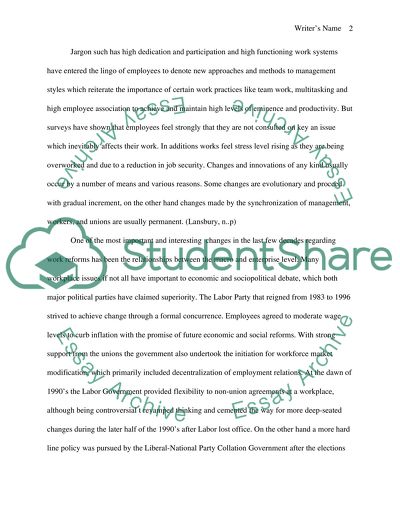Cite this document
(“Employment Relationship in Australia Essay Example | Topics and Well Written Essays - 2250 words”, n.d.)
Employment Relationship in Australia Essay Example | Topics and Well Written Essays - 2250 words. Retrieved from https://studentshare.org/miscellaneous/1503957-employment-relationship-in-australia
Employment Relationship in Australia Essay Example | Topics and Well Written Essays - 2250 words. Retrieved from https://studentshare.org/miscellaneous/1503957-employment-relationship-in-australia
(Employment Relationship in Australia Essay Example | Topics and Well Written Essays - 2250 Words)
Employment Relationship in Australia Essay Example | Topics and Well Written Essays - 2250 Words. https://studentshare.org/miscellaneous/1503957-employment-relationship-in-australia.
Employment Relationship in Australia Essay Example | Topics and Well Written Essays - 2250 Words. https://studentshare.org/miscellaneous/1503957-employment-relationship-in-australia.
“Employment Relationship in Australia Essay Example | Topics and Well Written Essays - 2250 Words”, n.d. https://studentshare.org/miscellaneous/1503957-employment-relationship-in-australia.


